The Folk Horror of the Digital Age
Analog Horror as Internet Folklore and Digital Campfire Storytelling
I mentioned in my first post of this month that I wanted to make a full post featuring my thoughts on the Analog Horror subgenre. To keep myself from straying too far from Senchas Claideb’s themes on folklore and mythology, I figured I would also tie it in with folklore and how this new wave of storytellers use digital tool-kits and pre-existing online stories and experiences to create their self-contained yarns of terror. Although “Folk Horror” is a subgenre itself, with its own tropes, formulae, and rules, I use the term “folk horror” in relation to Analog Horror to discuss what the current trend of horror storytelling is amongst the “folk”, meaning normal people online—rather than Hollywood moguls—using tools and skills at their disposal to tell short, effective tales to “haunt” the digital world.
Folklore is a term that encapsulates not only stories, but history, arts, crafts, and even ways of living among tight-knit communities in rural settings, and in some cases urban and especially in digital spaces most recently. Although we are in an age where superstitions are bowing out in favor of a hyper logical, materialistic worldview and an “always online” mindset, human curiosity still wanders to the strange and sometimes dark for entertainment. Internet commentators often dub “creepypastas”1 as a form of “internet folklore” due to their campfire story-like nature, but as of late they seem to have taken a backseat to more complex tales usually told through online video mediums—these being Analog Horror series.
I first became aware of this horror subgenre via an analysis of the series LOCAL58TV, which is composed of news broadcasts from an alternate timeline. Each episode reveals horrific truths about the world it takes place in until it ends with a terrible revelation that dooms humanity. LOCAL58 does not have a conventional cast of characters like most stories, but rather subjects the audience to the horrors just as if they were people in the world it is portraying. It is subtle, chilling and comes and goes with little announcement or fanfare—it just leaves the audience in quiet shock as they must try and piece together what they just saw. It gives enough information for viewers to get a sense of what is going on, but it never explains anything just as quality horror should.
Viewers might notice a similarity between Analog Horror and Found Footage Horror, which would probably be a logical comparison as many Found Footage movies also use analog mediums to tell their stories. Like The Blair Witch Project, some Analog Horror series also utilize fictional websites to create a sense of verisimilitude and add tid-bits to help the audience piece together what is happening in the greater story.
There is currently a glut of Analog Horror series, far too many for me to mention or review for this single post, but I’ll name a few that I’ve found more or less organically and discuss them briefly—these won’t count towards my Halloween recommendations for my post, but I do highly recommend you check these out. Minor spoilers for these series will also follow!
The Mandela Catalogue is probably the best most recent example of religious horror. That subgenre has only seen very sparse additions and current Hollywood horror films don’t have the subtlety or art of The Exorcist, Rosemary’s Baby, or The Omen. As I mentioned above as well, beliefs in things beyond Earth or purely materialistic concepts is not as prevalent as it once was. The Mandela Catalogue, however, has managed to terrify its audience using religious concepts and “What Ifs?” wrapped in the mediums of archaic technology. It most famously employs a Bodysnatchers-style horror in the form of demonic “Alternates” who take human form and psychologically torture their victims by invading their homes and lives. The Mandela Catalogue also uses a “meme” to add some flare to its horror, that being the “Uncanny Valley Effect” where it uses human-like faces that have been warped to create an unsettling presence. I remember, around the time Mandela Catalogue fell into my radar, that folks online had been talking about “The Uncanny Valley” as an evolutionary defense mechanism—I’m not sure if this holds any water but it’s still interesting that this was being talking about close to the time that the series was being developed. This series is still ongoing and has been making segments in live action (previously it was mostly done in the form of VHS tapes and recordings from analog devices) which I’m not the biggest fan of, however, the director (Alex Kister) films them very competently and professionally. I haven’t followed it as closely as I would’ve liked but it will be interesting to see how The Mandela Catalogue develops and how its story concludes.
I mentioned The Greylock Tapes in my recommendations in last week’s post, but since this is one of the series I found organically I wanted to bring it up here. As I’d mentioned in my recommendations, I’m more than happy to add this series to my canon of “New England Horror” as it centers around the excavation of the very real Mt. Greylock in Massachusetts. We don’t get to see a lot of the natural world of Massachusetts (which I believe is what really helps characterize New England horror), but its replication of analog media really grounds it in ways that few other series manage to do. What really chilled me about this series from the start was the replication of an Emergency Broadcast in this episode. Although it’s the fourth episode in the series, this is the first clip I saw from the series and it spooked me as if I was watching an actual broadcast. The grainy footage scoping out interior and exterior the house also adds to the kind of creepiness and aesthetic I like when watching any kind of horror on screen. The the supernatural aspects of this series is not as interesting to me as much as rather how it shows the effects of the otherworldly terrors on normal people being terrorized by these threats.
Although this series was meant to be a one-off project that hopped on the bandwagon of Analog Horror, Winter of 83 turned out to be a cult hit among fans of the subgenre. Although it taking place in the winter might make it feel a bit out of season for Halloween, it nonetheless is a great hour-long series to watch bundled up and with the lights turned off. It has a cozy, relaxed feel even amidst the horrific events, perfectly capturing the eerie feeling you might get staring out at an empty street on a snowday. Winter of 83 is straightforward in its story and presentation so to avoid spoilers I’ll end my mention of it by saying that it’s a great short story to get lost in for an hour.
Although I haven’t delved into this series as much as the previous mentions, this one still bears mentioning as it has been drawing on several different motifs2 that have been popular in the creation of internet horror in the last several years. Liminal Land is a collaboration between the horror YouTubers Nick Crowley and Nexpo (abbreviation of “Nightmare Expo”) that tells the story of an amusement park themed after the concept of “liminal spaces.” This trend in online art and photography has picked up steam in the last few years. In short, “liminal spaces”3 depict scenes that are usually absent of people (or any living thing aside from sometimes plants), have few discernable identifiers of where it exists in the world (in some cases being thought of as having dream-like qualities), and in some cases may be vaguely nostalgic.
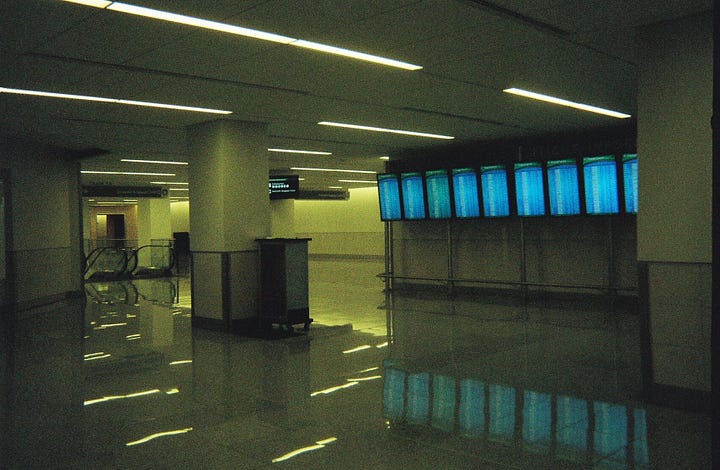

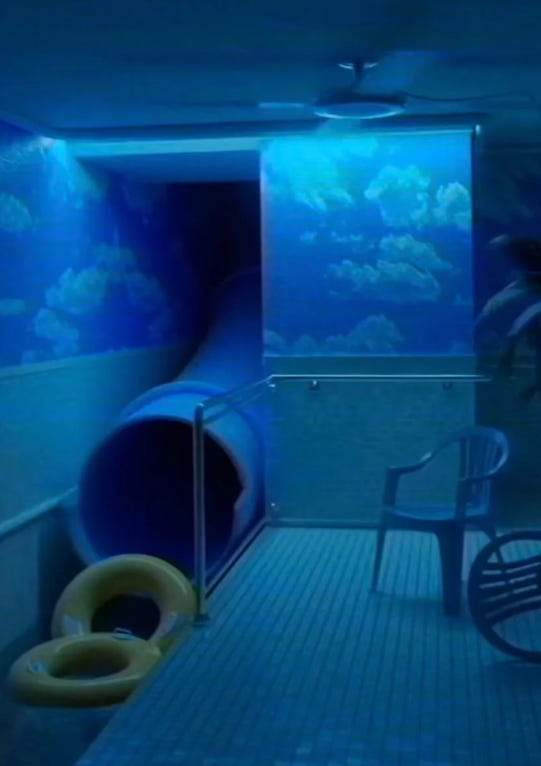

As the name of the series implies, Liminal Land uses this aesthetic to build the atmosphere of its world, creating an uncanny feeling in the setting in addition to the human or human-like faces featured in the videos. Speaking of which, Liminal Land also uses AI-generated pictures of people and places to depict scenes from its story. While I strongly stand against using AI in any artistic endeavor I must at least admit that Crowley and Nexpo use it in a way that taps into current internet trends for the purposes of enhancing the uncanniness and horror of their series. Like AI itself, the pictures of the Liminal Land amusement park try and fail to depict a happy, fun place but it just can’t quite get it right, leading to a twisted parody of the things and people it was trying to imitate.4
I have not been following the story of Liminal Land very closely, but I felt it was important to mention as a piece of media that is piecing together current internet trends to create a horrific world and story. The fact it is presented as an Analog Horror series as well shows that Crowley and Nexpo are cleaver for packaging these inspirations in a medium that horror fans of the digital age are eating up.
To conclude my post on this horror medium, I want to briefly explain why I find this subgenre of horror and storytelling medium so effective and unsettling. When I think of horror stories or horror films in physical mediums, I primarily imagine them as things you’d find hidden away somewhere like a dog-eared paperback book on a dusty bookshelf, or as VHS tapes in a cardboard box in a creaky, spider-infested lake cabin. To me, these feel more like physical representations of ghost stories that have no exact proof that they happened, but nonetheless leave a chilling sensation once they have been experienced. Most of these are episodic, their stories coming and going with little explanation or reason other than to scare you. Analog Horror captures some of that feeling, in my opinion, but in the digital space of the internet. Storytellers in the digital age are interested in these form of archaic mediums to tell ghost stories—instead of haunted houses occupied by spirits, our gothic tales have VHS tapes that are “haunted” with stories and events of terror. Although I grew up watching VHS tapes and don’t regard them with the same mystique or even fear that people younger than me might, it’s interesting to see them used as the primary mediums of this form of horror.
Horror, for the most part in the modern era, has been a genre that caters to interests outside the mainstream (and sometimes directly criticizes the mainstream) and works most effectively when in the hands of independent, passionate filmmakers, authors, and fans—the “folk” in short. Analog Horror currently represents the fears and interests of the folk in the digital space, allowing for storytellers to try their hand at creating series told in fragments of images, videos, and other forms of digital media. It is a sincere expression of creativity that, while they may not be true stories (though the study of folklore is not about finding the truth, but rather observing what the folk believe), has captivated the internet entirely.
Thank you for reading my thoughts on Analog Horror! Leave a like, comment your favorite Analog Horror series if you’ve watched any, and spread the lore!
Keep reading to see this week’s recommendations for Halloween and horror media!
Over the Garden Wall (2014): A bit of a different turn from the horror media I’ve recommended thus far, Over the Garden Wall nonetheless is a wholesome celebration of Halloween and the autumn season. It has its share of dark, creepy moments but is all in all a simple, cozy tale with gorgeous animation and a pure-hearted story. Its ten episodes can be watched in a single sitting and is perfect to have on for a lazy, sunny Sunday afternoon or as a post-trick-or-treating show on the Big Night.
Hell House LLC (2015): After the kids have gone to bed, Hell House LLC is a great watch to have on for Halloween night (or really any night in October). It is a great example of a modern gothic ghost story in the medium of a found footage movie. It’s also the perfect film for fans of haunted house attractions or “haunts”, but also works just as well for fans of horror and all things Halloween. My one stipulation with this is that you should seek out the “non-director’s cut” version as it withholds information about what actually happens in the basement of the house (you’ll know what I mean when you watch it), which in my opinion makes its horror more effective.
“Pickman’s Model” (2022): I may take some heat for this one, but considering how choosy Lovecraft fans have to be with film adaptations of his work, I’m content to take this over the abysmal parody of “Dreams in the Witch House” also featured in Netflix’s Cabinet of Curiosities. This adaptation of “Pickman’s Model” is a grim mood-piece that basks in the weird terror Lovecraft wanted to portray through art. The atmosphere is also perfectly dark, clearly showing it is a different time but also never feeling too archaic. It is a bit less restrained than the original work, but it works in favor of the visual medium. There are also plenty of respectful call-backs to Lovecraft’s other works without ever feeling like it’s pandering or leaning on these references for success. I was not the biggest fan of the deviations this episode took from the ending of the original tale, but as a whole, I enjoyed “Pickman’s Model” and would recommend it for anyone looking for a decent modern Lovecraft adaptation.
Greig Johnson’s Lovecraftian Short Films: These light-hearted, yet still horror-themed entries are great palette-cleansers between dark, moody films or shows. Each of these sketches parodies Lovecraft’s works reverently and with jokes that land very well. My favorites in the bunch are “Pickman’s Guest” and “The Ordeal of Randolph Carter”, with the former video providing some very interesting food for thought on ways to physically view indescribable horrors.
Dreams in the Witch House: A Lovecraftian Rock Opera: As always, the HPLHS always knocks it out of the park with their adaptations of Lovecraft’s work with their rock opera of Dreams in the Witch House being among one of their best projects. A personal favorite of mine, this album is great for sitting and listening or having on to dance with at your Halloween party. It has ambience, style, and word-for-word adaptations of Lovecraft’s original prose into the lyrics. Each track transports the listener from the rainy, dark streets of Arkham to the hazy, violet-lit world of dreams, and to stranger realms beyond that. If you’re looking for something different to put on besides the standard creepy house ambience for trick-or-treaters, Dreams in the Witch House is a must.
Thanks again for reading! Did you have a chance to check out any of the recommendations from last week’s post? If so, share your thoughts in the comments below!
Also be sure to refer a friend to Senchas Claideb using the button below to help grow the audience and receive special rewards such as a personalized Gaelic phrase and an original free short story!
The term “creepypasta” is a play on the term “copypasta” (which in turn comes from “Copy + Paste”) which are blocks of text that internet users (in most cases trolls) will employ in online arguments or discussions. Creepypastas by nature were meant to be copy and pasted across the internet like campfire stories, with entire channels on YouTube being dedicated to narrating them.
Here I don’t use the word “motifs” in a folkloric sense as it has a very specific meaning to folklorists and I’m not sure when we will be seeing longer, comprehensive studies on internet folklore with accompanying catalogues on all the folkloric motifs that can be found in such stories.
One particular liminal space “meme” that Liminal Land also draws inspiration from is “The Backrooms”, which is an ongoing project that changes every single day. It originated from this 4chan post and gained traction amongst fans of online storytellers, primarily fans of Creepypastas and the SCP Foundation. One of the better adaptations of this concept can be found on this YouTube channel.
This idea of AI trying to imitate things from art or real life but not getting it right reminds me of the “Black-Eyed Kids” phenomenon, which are creatures that appear as children with pitch black eyes with mysterious agendas. The podcast Astonishing Legends has a fantastic series on these entities, the first episode of which can be listened to here.


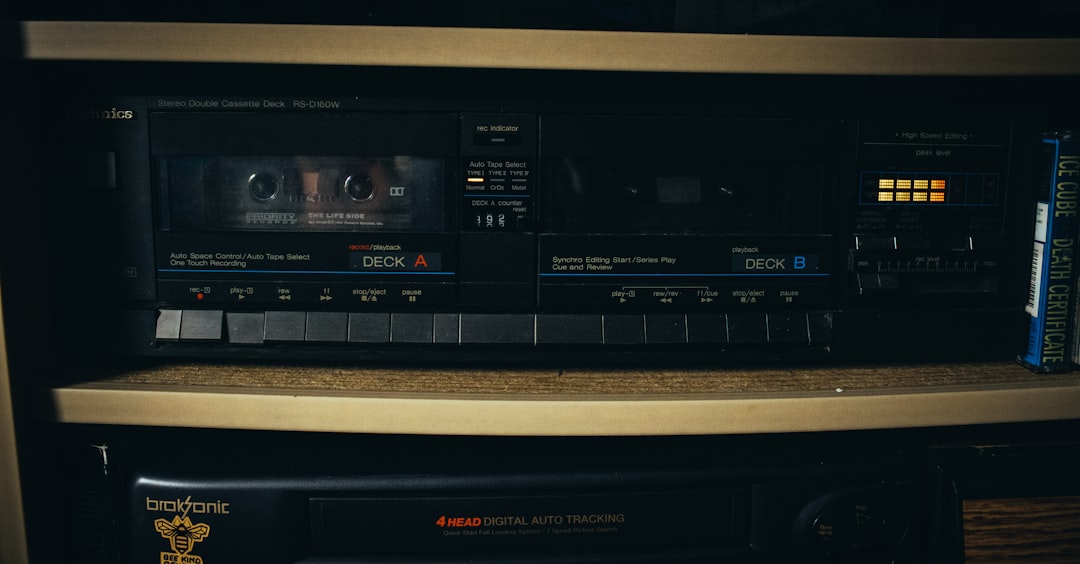



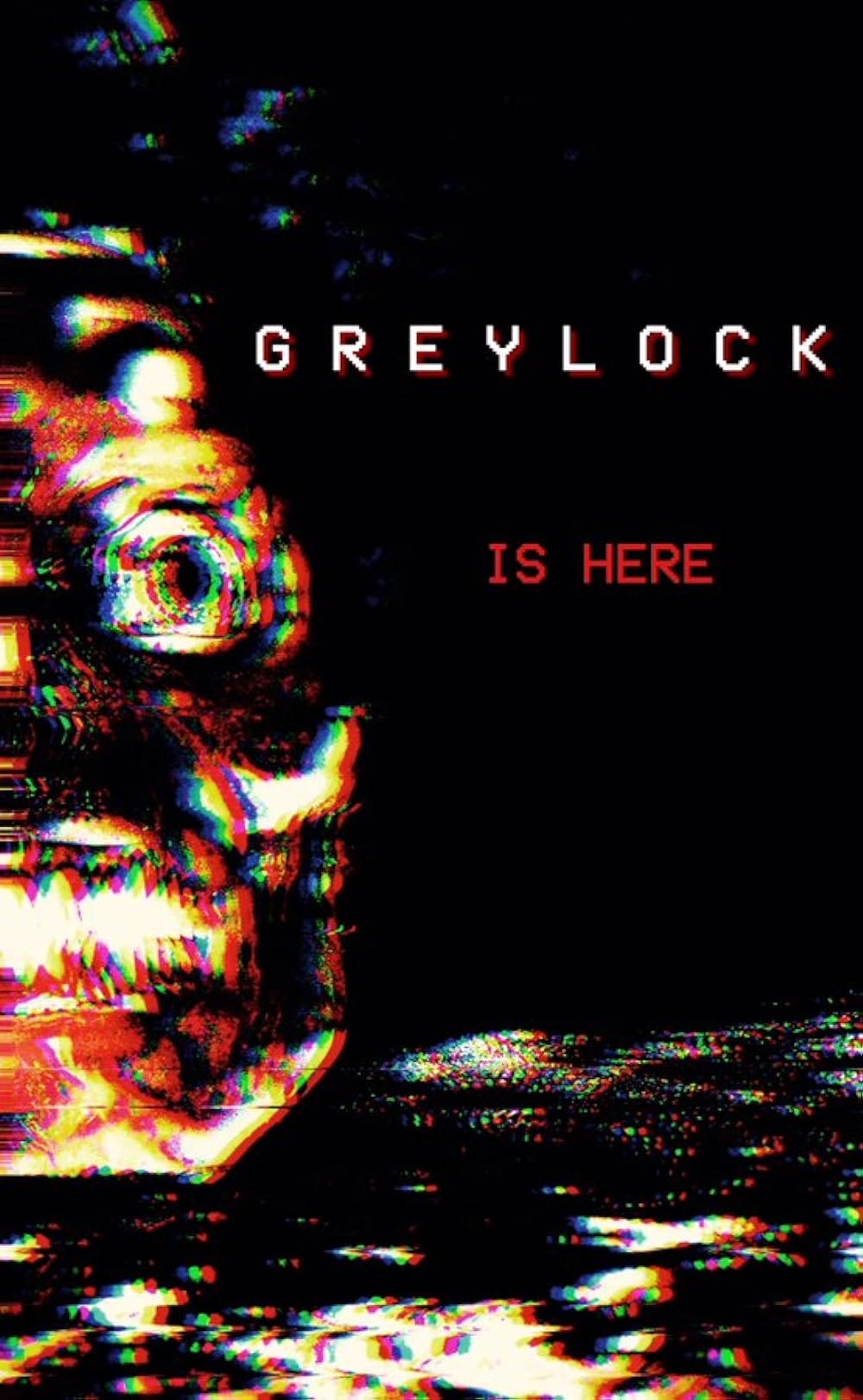
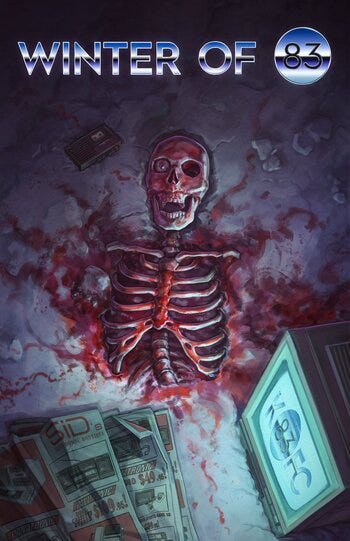
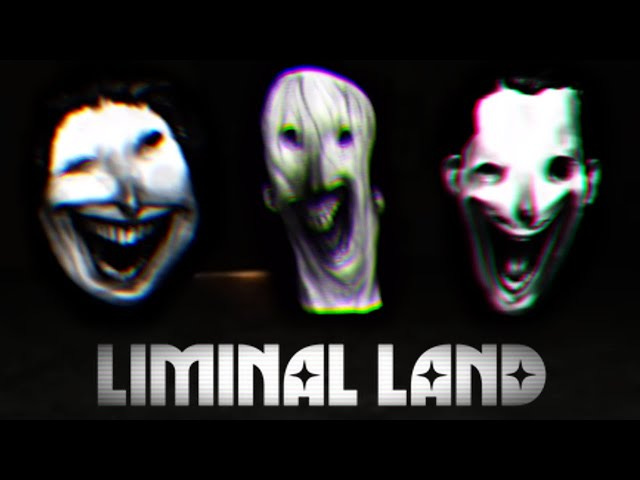

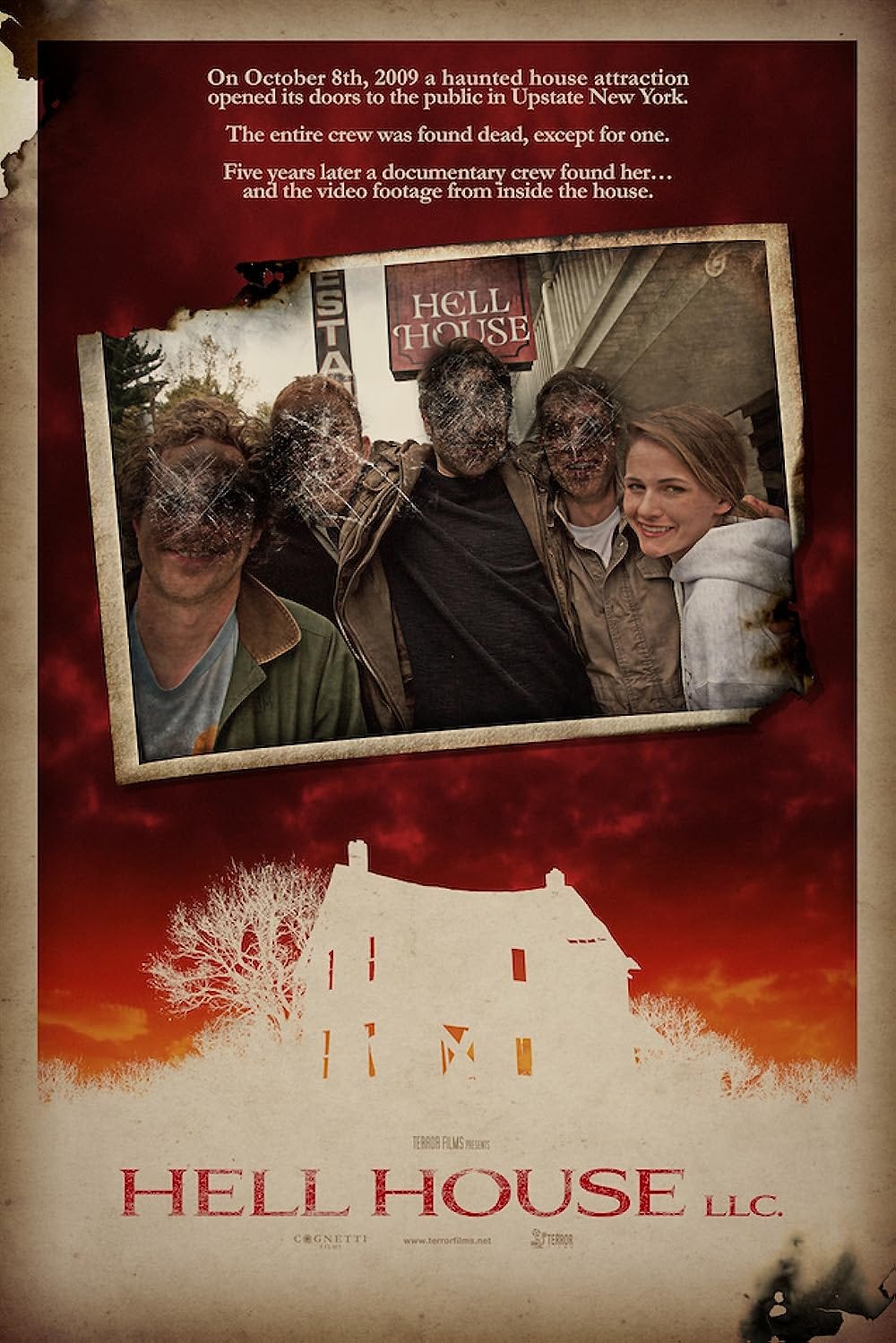
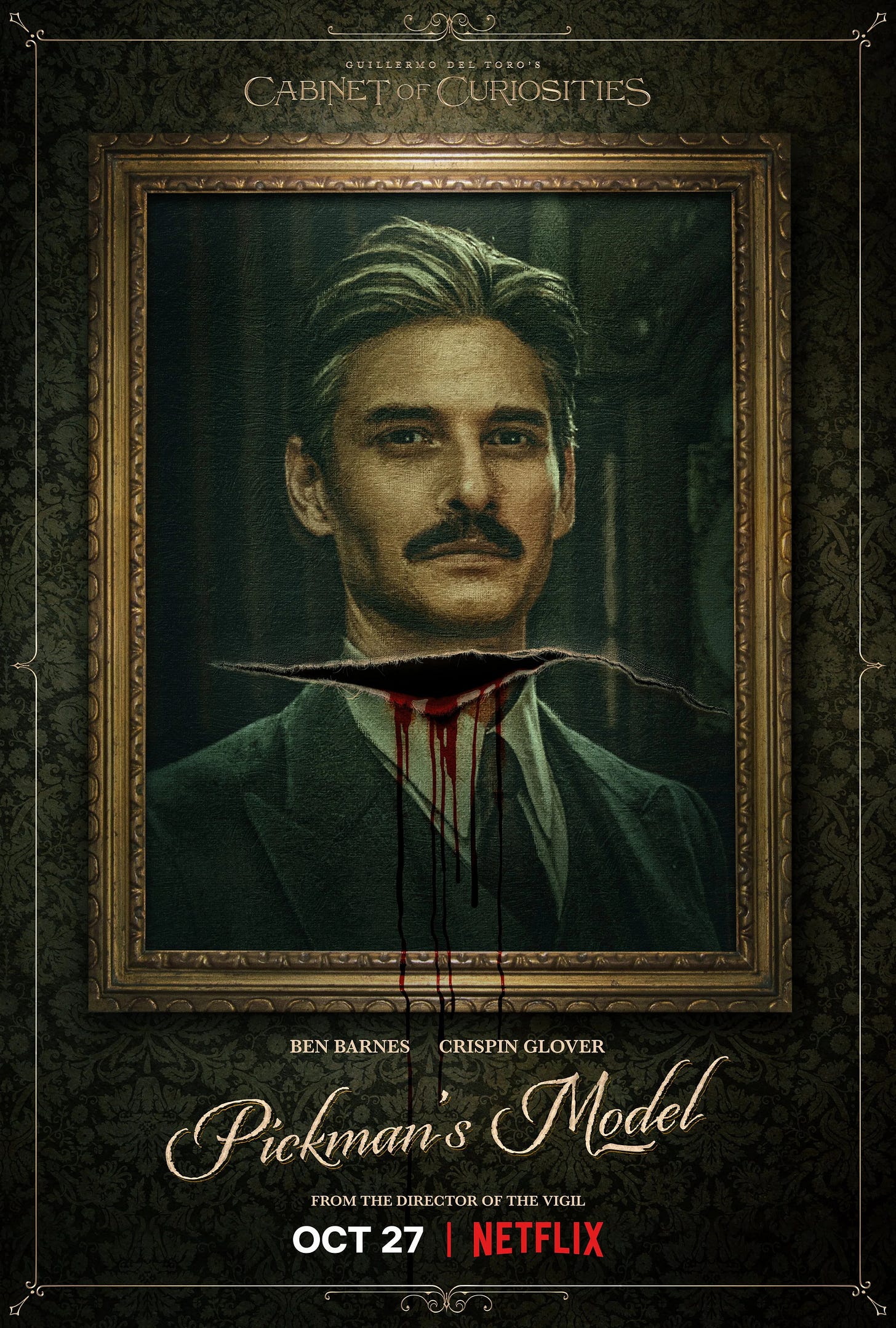
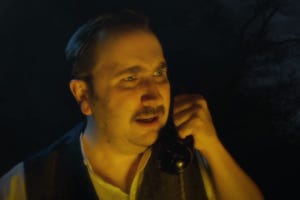

Having grown up in the 1970’s AMS 80’s, I can understand the appeal of analog horror. (Cassette) tape recorders were fairly common and affordable, and my friends and I made some “horror” tapes as kids that we thought were fairly convincing. Whenever one would come across a cryptically labeled tape, the contents could sound quite convincing.
Not everyone could afford VHS or other video cameras, so there was sometimes a perception that a video recording from an unknown source could possibly be legitimate. It was almost impossible to research the source and everyone had a “cousin” or other family connection who could allegedly “verify” the story. The lack of the internet made the world seem larger and more mysterious.
Thanks for all of the suggested content.
About once a week, my siblings and I chat about analog horror (Mandela Catalogue and Monument Mythos are favorites to obsess over). Now I have a list of new things to watch!
Also, this reminded me that I need to set the DVR to record Over The Garden Wall before we're stuck watching it on some bootleg platform like last year.